| Structure | Name/CAS No. | Articles |
|---|---|---|
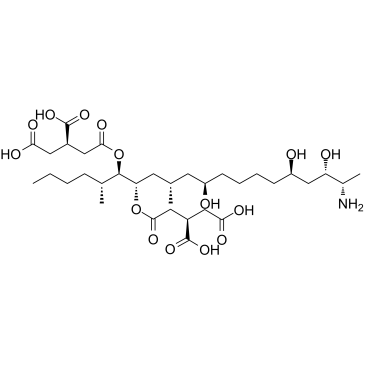 |
FB1
CAS:116355-83-0 |
|
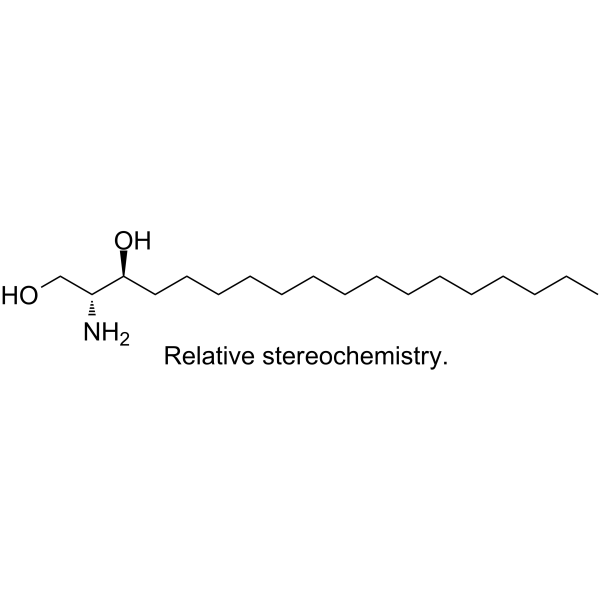 |
D,L-erythro-Dihydrosphingosine
CAS:3102-56-5 |
|
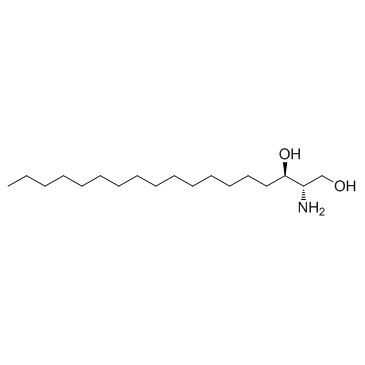 |
2-Amino-1,3-octadecanediol
CAS:764-22-7 |
|
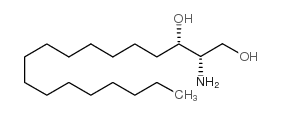 |
Safingol
CAS:15639-50-6 |
|
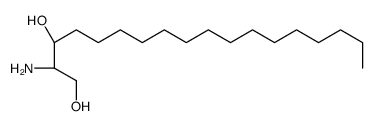 |
D-threo Sphinganine (d18:0)
CAS:6036-86-8 |